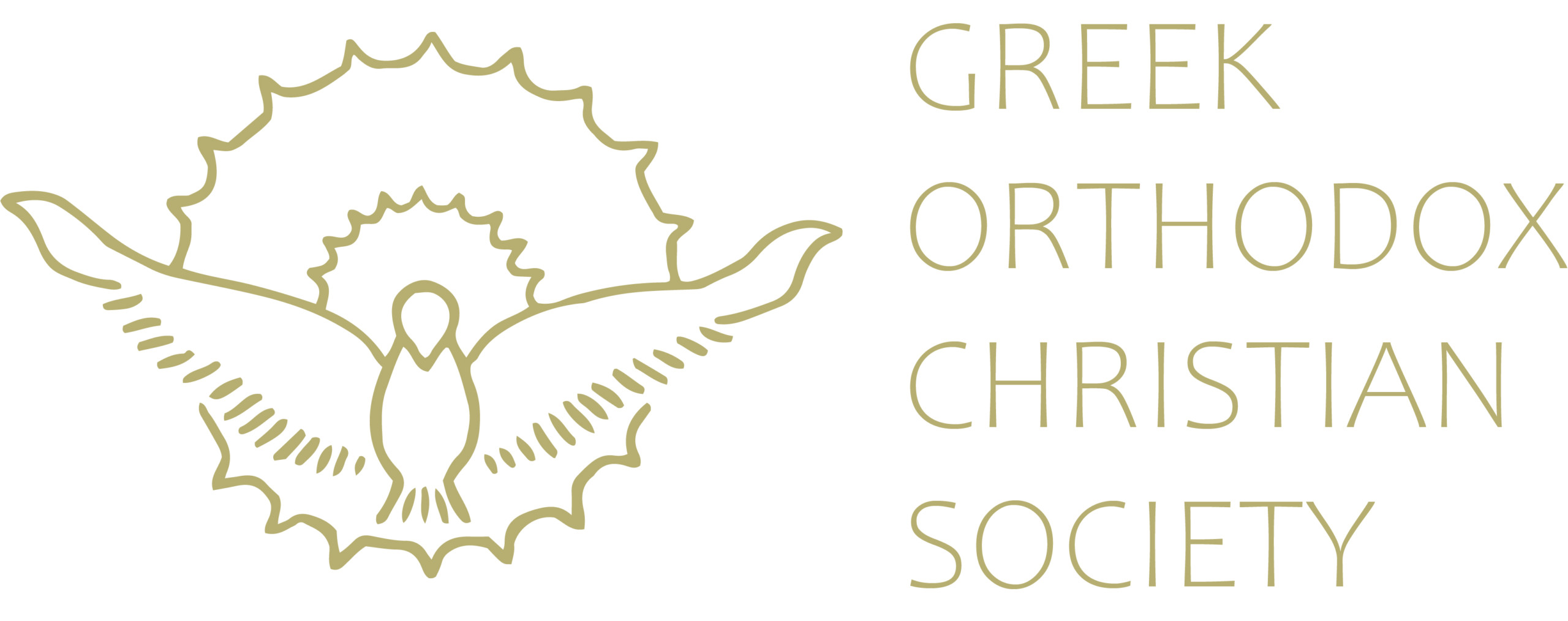Mother Maria (Skobtsova) of Paris (1891-1945)
Born in Latvia in 1891 to faithful Christian parents, Elizaveta Pilenko was led to atheism at the tender age of fourteen, after the unjust and devastating death of her father. Shortly after, her widowed mother moved the family to St Petersburg where ‘Liza’ was attracted to the political scene, saying “My spirit longed … to combat the injustice of the world.” Slowly her earlier attraction to Christ revived as she contemplated His sacrifice and love on the Cross, saying “He also died. He sweated blood. They struck His face.”
Eventually, it dawned on her that the peoples’ real need was not for revolutionary theories and political activism, but for Christ. Thus, with a deep desire to proclaim the simple word of God, she became the first woman to study at the Theological Academy of St Petersburg. She would go on to endure WWI and the civil war which followed the Bolshevik coup of 1917. In her home town on the Black Sea she acted as Mayor to save anyone in danger of the firing squad. Having risked her life, she finally fled to Paris where she devoted herself to serving fellow refugees.
In Paris she met Metropolitan Evlogy who in 1932 encouraged her to become a nun. Her consent was subject to her remaining “in the world”, so that she could open her arms to the suffering. With Metropolitan Evlogy’s blessing she took the name Maria. She cultivated “monasticism in the world” by setting up houses of hospitality in Paris for the elderly, homeless, unemployed and the distressed. Under the Nazi occupation of France in WWII, Mother Maria sheltered and saved many Jewish people who were hunted by the Gestapo.
This eventually led to her arrest and ultimately to her death in the gas chambers of Ravensbrück concentration camp on Good Friday 1945. She was posthumously awarded the Yad Vashem by Israel and was canonised in 2004. Mother Maria emerged as a most fascinating Saint of the 20th century. Her example challenges each of us to a life centred not only on personal struggle, but also of love through sacrifice for “the other”, in whom we must see the image of Christ.
Source: Lychnos July-August 2019
